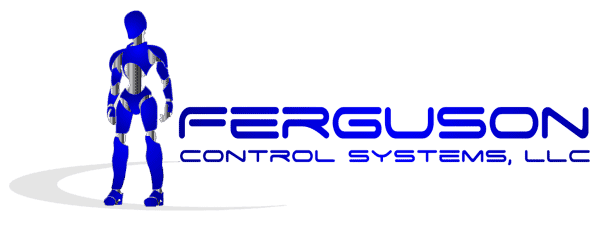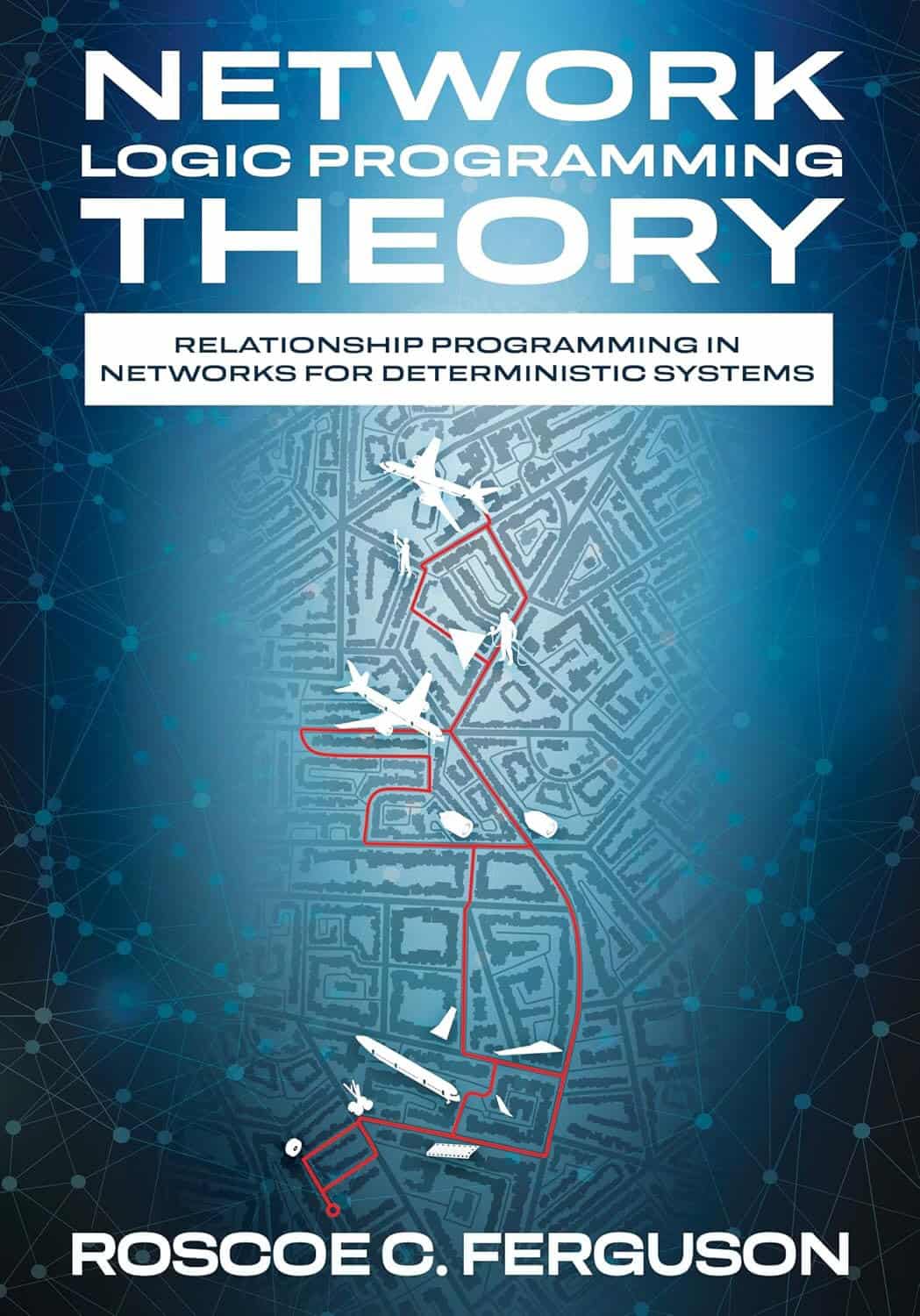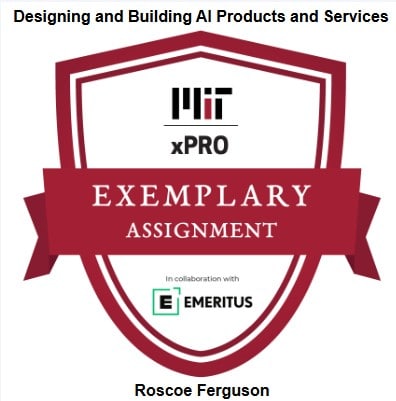Network Logic Programming Theory
Logic abstracted as relationships and their derivates is the next evolution of programming. There is an assumption that, with the rise of artificial intelligence, the art of programming is dead, in part because it has the reputation of being expensive, with costs rising and production timelines expanding. But can anything be done? The answer is yes. However, complexity must be better understood.
This book introduces Network Logic Programming Theory, which tackles programming’s challenges with a technique that separates complex programming algorithms into networks and computations (U.S. Patent 12,131,160 and Patent Pending). Networks store logic in the form of relationships to make decisions, while computations are reduced to simple algorithms. This network-based system utilizes the principles of network science to analyze complexity within software systems. AI and Network Logic Programming Theory are based on the concept of relationships and their derivates. The difference is AI extracts relationships from data using networks, while Network Logic Programming Theory programs networks using relationship-based abstraction. Such an approach can serve as the next evolution of programming, and be integrated with AI to create deterministic systems. Networks become a new version of assembly language and can store both static and dynamic information for data processing algorithms.
The use of network logic makes it more natural to open the door for concepts such as runtime verification, true distributed logic processing systems (including network logic distributed across geographically dispersed locations), or more deterministic adaptive systems by providing generative logic paths. Generative logic paths allow for the runtime generation of logic using predefined relationships such as the capability of a GPS Application that calculates routes based on a predetermined set of streets and roads (relationships).
When coupled with AI, the opportunities are to use Network Logic Programming Theory to support deterministic decision making, use AI models that learn relationships from data to produce static graphs that define these relationships as input to Network Logic Programming Theory network programs, and have AI generate systems using Network Logic Programming Theory so the generated complexity can be understood using Network Science technology. All in the name of supporting deterministic systems.
Network Logic Programming Theory introduces the concept of the Network Processor. The Network Processor is designed to process network flow logic for static logic paths defined in network definitions. It can also generate new paths dynamically during run time based on stored relationships. It can respond to queries during runtime about how items are related similar in concept to the query capability of a graph database such as Neo4j using cypher. The Network Processor and CPU work together to support the data processing model.
Why Choose Ferguson Control Systems?
Here are some reasons you can depend on Ferguson Control Systems to meet your needs:
We do things right.
We aim higher.
We challenge the accepted.
We are passionate about our business.
We love success.
We are reliable.
We act with integrity.
We show respect.
We are accountable.
We have the humility and hunger to learn.
We strive for simplicity.
GSA Contract Holder
Architects of Intelligence
Engineers of Precision

"Ferguson Control Systems is an innovative and proven company that specializes in the architecture, design, and implementation of embedded systems software and Artificial Intelligence within embedded systems. We also provide AI Database Management Services and AI Data Acquisition & Edge Computing."
CONTACT INFORMATION
Ferguson Control Systems, LLC
4265 San Felipe Street, Suite 1100
Houston, Texas 77027
Email: info@fcs-embedded.com
Office Hours
Monday-Friday: 8 AM to 5 PM
Weekends: Closed
CONTRACTOR INFO
SAM UEI: LGB9HLMD6PT3
GSA Contract Number: 47QTCA23D003E
NAICS: 541511 Custom Computer Programming Services




